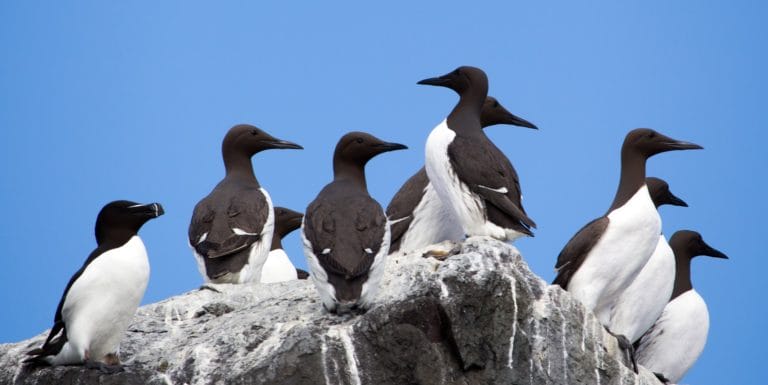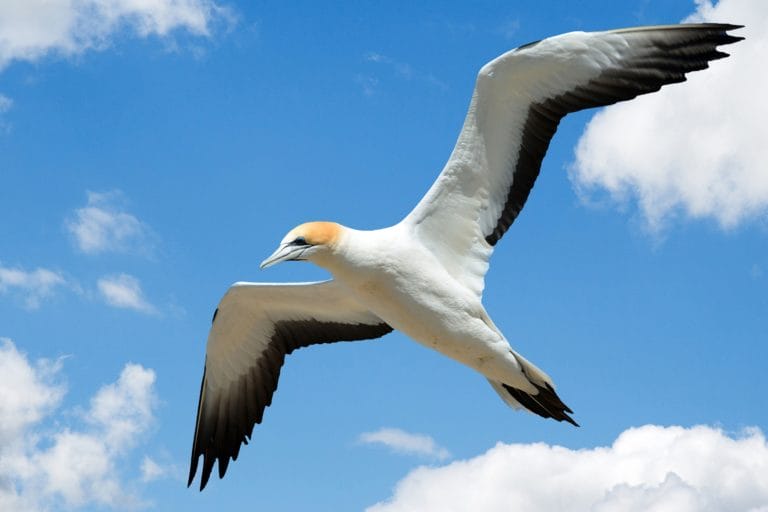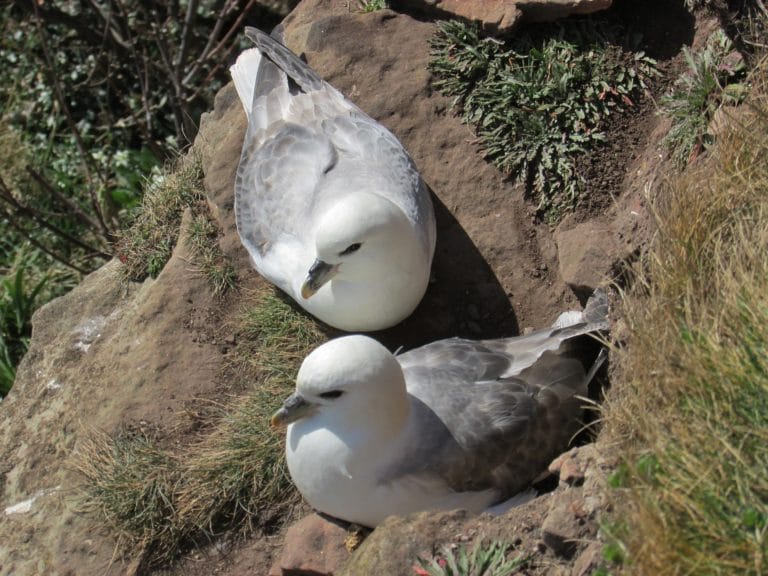Beautiful Birdlife
Which winged wonders will you spot while exploring the coasts around our lighthouses?
Ireland’s estuaries, cliffs and coastal meadows are home to an abundance of spectacular birdlife. While our exquisite native species are many and varied, Ireland is also hugely important to international wildlife as a resting and feeding ground. Migratory birds travelling from as far north as the Arctic and as far south as the Sahara simply couldn’t make their impressive annual journeys and return home to mate without a pitstop on our shores.
Drizzly though it may be, our milder winters also attract birds from the Continent when the European mainland is snowbound and icy, making food, water and shelter hard to come by. As a result, the eastern coast on the more protected Irish Sea, often comes up trumps for diversity in its bird populations.
Birdwatching can of course be as simple as putting a hand to your brow and scanning the horizon, but your basic kit for an afternoon’s twitching might include a notebook or smartphone for recording your sightings; waterproofs and non-slip shoes; binoculars; and a field guide or app on the local area – try to pick one that supports a local wildlife conservation group.

Spring
At Wicklow Head Lighthouse, ravens and peregrines occasionally nest on the cliffs and are regularly seen in spring and summer months. Standing seabird colonies, which are mainly concentrated south of the lighthouse, include kittiwakes, guillemots, razorbills, herring gulls, fulmars and a few black guillemots, shags and great black-backed gulls.
Summer
From May, fulmars begin their breeding season on Kerry’s Clare Island, but unusually, weeks can pass between their mating displays and laying. They also nest at Valentia Island, along with shag, gannet, grey heron and merlin, and at Wicklow Head Lighthouse, where kittiwakes make their most distinctive calls during the nesting season, May to July.
Rathlin West Light off the Antrim coast – quite possibly the most bird-friendly lighthouse – is a world-renowned bird centre and breeding ground with stunning views of the colonies on the neighbouring sea stacks; mid-May to early July is the optimal time. The RSPB centre at Kebble National Nature Reserve is thick with groups of guillemots, kittiwakes, razorbills and distinctive, clown-faced puffins, and is the largest seabird breeding colony in Northern Ireland.

Autumn
Our changing climate has made Ballycotton Lighthouse in Cork an autumn migratory site par excellence in recent years. Count on shearwaters, skuas, little stint, spotted redshank and reed bunting, along with a few hardy American visitors and rare Arctic shorebirds, like avocet, ivory gulls and wigeons.
Also perched on the edge of Cork, Galley Head Lighthouse is a fine migration watch point for red-backed shrike, wrynecks, redstarts, whinchats and heaps of wheatears, with breeding grounds and colonies a bit farther back.

Winter
Winter is the best time to spot our native shorebirds, hunkered down for the chillier weather. Look for gulls, terns, guillemots, sandpipers, curlews, oystercatchers and herons.
A whopping three quarters of the world’s population of pale-bellied brent geese settle in for the winter in County Down near colourful St John’s Point Lighthouse.
The breeding grounds and colonies back inland from Galley Head Lighthouse are good for divers and sea ducks in the winter months.
Wondering what other marvels of the natural world inhabit our island’s shorelines? Read all about what lies beneath the waves here.
Plan your trip to one of the Great Lighthouses of Ireland here.



